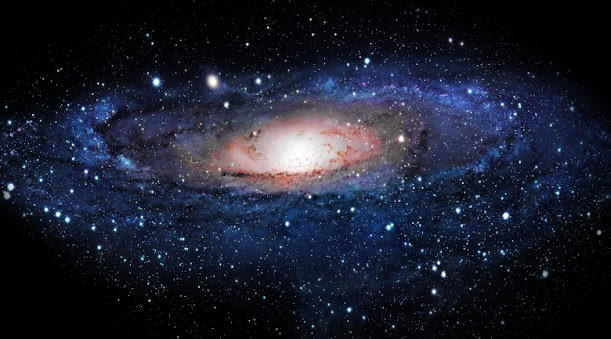Space enthusiasts and stargazers, buckle up for a journey beyond the majestic spirals and the colossal ellipticals. We're diving into the realm of the ultra-faint, the record-breaking Segue 2 galaxy!
A Tiny Titan:
Discovered in 2009, Segue 2 holds the title of the faintest and least massive galaxy ever found. Nestled in the constellation Aries, a staggering 110,000 light-years from our own Milky Way, this galactic wisp boasts a population of merely 1,000 stars. That's a far cry from the Milky Way's estimated 200 billion!
Dim But Dense:
Don't underestimate Segue 2 based on its star count. This dwarf spheroidal galaxy (dSph) packs a surprising punch. Despite its faintness, with a luminosity just 800 times that of our Sun, Segue 2 is surprisingly massive for its size. Calculations suggest a mass of around 550,000 solar masses, resulting in a staggering mass-to-light ratio. This implies the presence of a significant amount of unseen dark matter, the mysterious substance thought to constitute most of the universe's mass.
A Fossil of the Early Universe:
Peer into Segue 2, and you're peering back in time. The galaxy is composed almost entirely of ancient stars, formed over 12 billion years ago. These stars are also incredibly metal-poor, meaning they contain far less of the heavier elements forged in later generations of stars. Studying Segue 2 offers a glimpse into the raw materials and processes that gave birth to the first galaxies in the nascent universe.
A Lone Wolf or Part of a Pack?
Segue 2 is a satellite galaxy of the Milky Way, one of a multitude of smaller galaxies orbiting our galactic giant. But its existence raises a fascinating question. Could Segue 2 be just the tip of the iceberg? The discovery challenges current models of galaxy formation, which predict the existence of many more such faint galaxies. Could there be a whole population of these cosmic tidbits lurking just beyond our detection capabilities?
The Quest Continues:
Segue 2 is a testament to the ever-expanding frontier of astronomical discovery. New telescopes and advanced techniques are constantly pushing the boundaries of what we can observe. The study of Segue 2 and its ilk promises to revolutionize our understanding of galaxy formation, dark matter, and the very first moments of the universe.
For the Curious Stargazer:
While observing Segue 2 directly is impossible for amateur astronomers due to its faintness, you can still explore its celestial neighborhood! The constellation Aries, where Segue 2 resides, is readily visible in the northern hemisphere during autumn and winter. With a good star chart and binoculars, you can navigate the starry expanse and marvel at the vastness that holds such cosmic oddities.
The universe is constantly surprising us, and Segue 2 exemplifies this perfectly. This tiny titan serves as a potent reminder that the grandest mysteries often reside in the seemingly insignificant. So next time you gaze up at the night sky, remember the faint echo of Segue 2, a testament to the wonders that lie just beyond our grasp.


Comments
Post a Comment